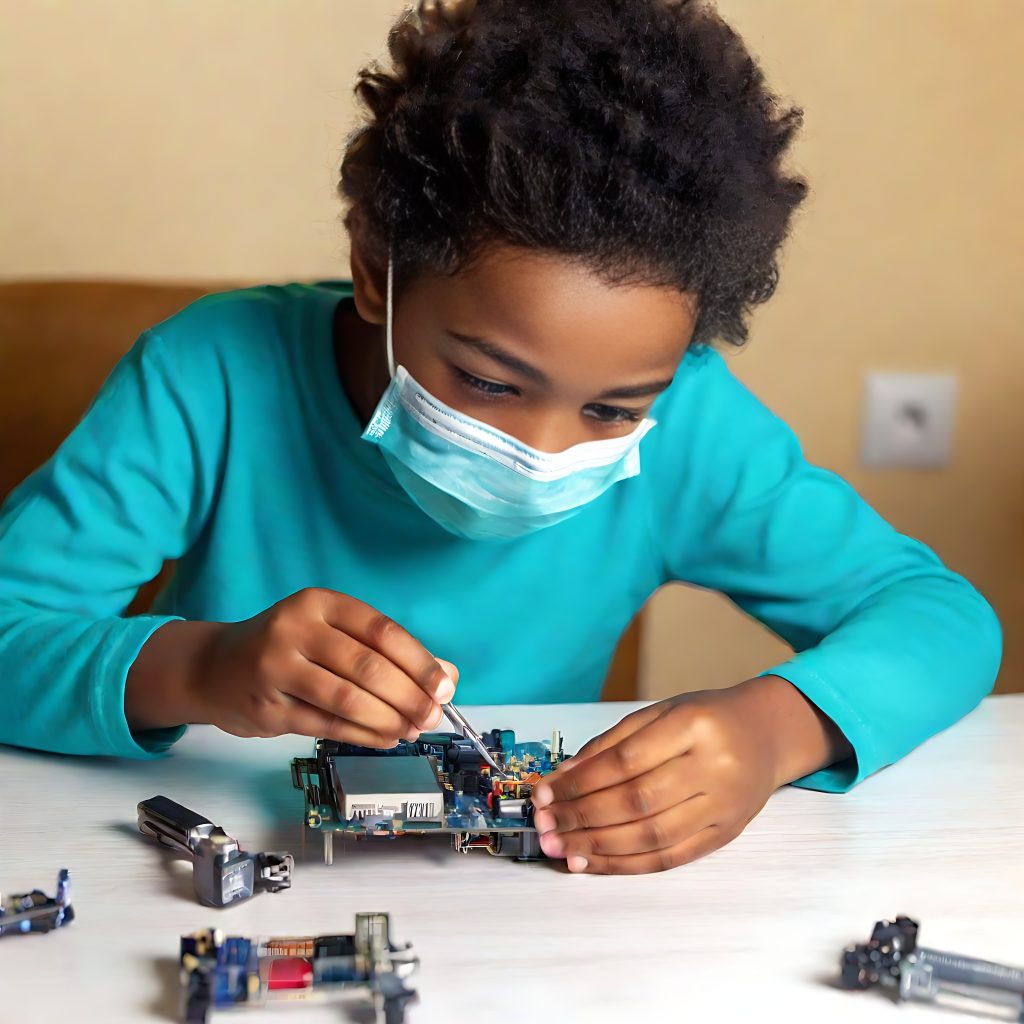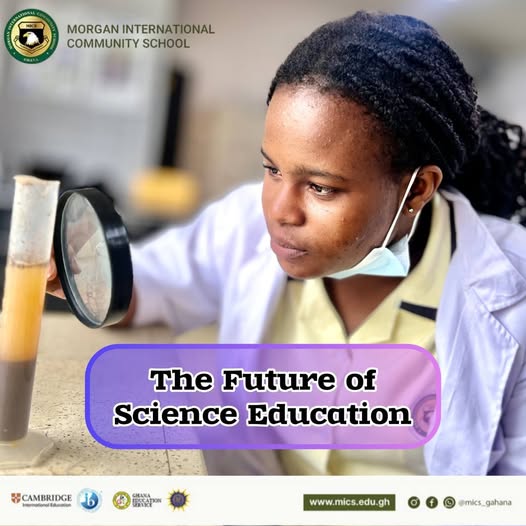Key Points at a Glance
Hands-on science helps students understand complex concepts through real-world exploration.
Experiential learning develops critical thinking, creativity, and problem-solving skills.
Activities like experiments, STEM projects, and outdoor investigations boost engagement and retention.
Science is all around us—in how plants grow, how machines move, and how our bodies function. But for many students, science can feel distant or difficult when taught only through textbooks and lectures.
That’s why hands-on science learning is so powerful. It allows students to explore, experiment, and discover, turning theoretical knowledge into real-world understanding. This method doesn’t just teach facts—it builds thinkers, doers, and future innovators.
The Power of Learning by Doing
Hands-on learning—also called experiential or active learning—engages students in direct experiences. Instead of passively receiving information, learners interact with materials, ask questions, test ideas, and reflect on outcomes.
Benefits include:
Deeper understanding of scientific concepts
Improved critical thinking and reasoning
Increased motivation and curiosity
Development of real-world problem-solving skills
According to educational research, students retain more information when they do something with it, rather than just hear or read about it.
Examples of Hands-On Science in Action
1. Classroom Experiments
Simple experiments like building circuits, testing pH levels, or making a volcano model help students:

Apply scientific principles
Practice observation and measurement
Form hypotheses and draw conclusions
Tip: Use household materials to make experiments affordable and accessible.
2. STEM Projects and Maker Spaces
STEM (Science, Technology, Engineering, and Math) projects encourage collaboration and innovation. Activities like designing a water filter or building a balloon-powered car teach:

Engineering design thinking
Application of math and science
Teamwork and creativity
Schools can set up maker spaces with tools and materials that allow students to build and tinker independently.
3.Outdoor and Environmental Learning
Nature is one of the best science labs. Take students outside to:
Study ecosystems
Observe weather patterns
Conduct soil or water tests

Outdoor learning connects science to real-life environmental issues, fostering stewardship and awareness.
4.Student-Led Investigations
Encourage students to design their own experiments or research a scientific question of their choice. This approach:
Builds ownership of learning
Develops inquiry and analysis skills
Encourages independent thinking
Final Thoughts
Hands-on science learning transforms classrooms into places of discovery. It brings concepts to life, encourages curiosity, and equips students with skills that go far beyond the science lab.
When students touch, build, observe, and question, they develop the mindset of a true scientist—and more importantly, of a thoughtful, critical thinker.
